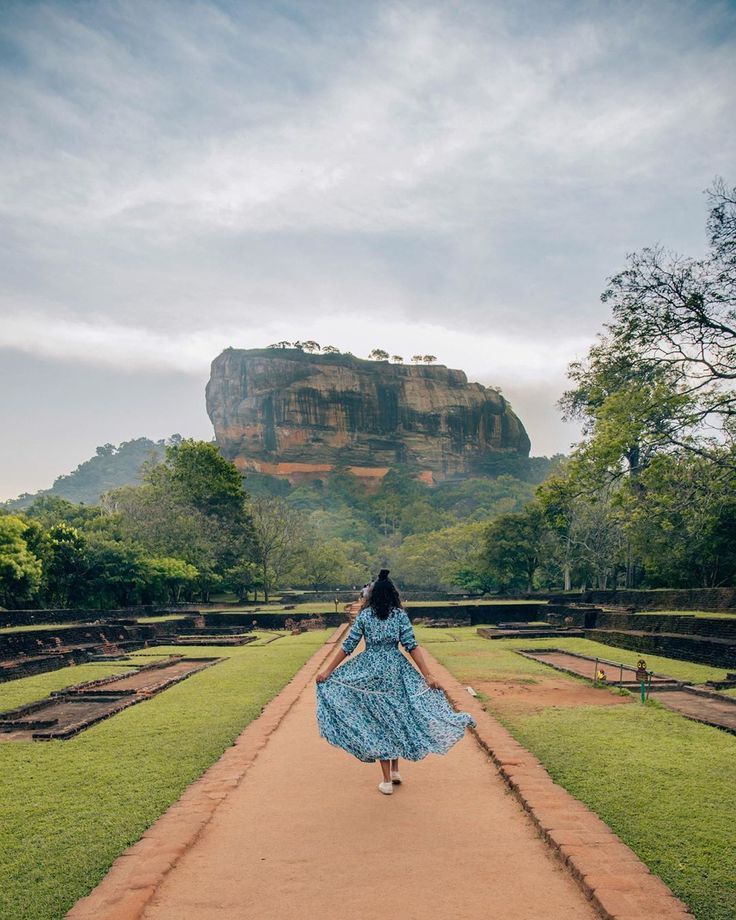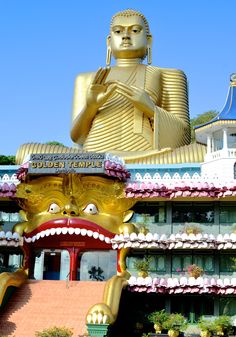Sigiriya Day Tour






Description
Legend of Sigiriya
The history of Sigiriya is shrouded in many legends. It is popularly believed that Kasyapa imprisoned his father, King Dhatusena in a wall, in order to usurp the throne. He then moved the capital from Anuradhapura to Sigiriya Rock and, fearing attack from Mogallana, built a palace on the summit. There is, however, a different theory that has been put forward by Dr. Raja de Silva, the former Archaeological Commissioner of Sri Lanka. He maintains that there was never a palace or fortress on the rock, but rather a Buddhist monastery. There is evidence to suggest that monks lived here before, during, and after the time of Kasyapa, and that they were here until the site was abandoned in the 12th century.
However, most people favor the theory of Kasyapa's impenetrable rock palace and fortress. Bust of King KasyapaSigiriya, a historical rock fortress, and the former royal palace, is one of Sri Lanka's most visited and best-known sights, dates back to 477 AD, designated as a Unesco World Heritage Site. However, its ingenious garden and water systems at the foot of the rock are what make it a world heritage.
The gardens at Sigiriya are not only the best-preserved water gardens in South Asia but some of the oldest landscaped gardens in the world. Important guests in the 5th Century would have walked a path with the impressively designed water gardens on either side, serving as a grand entrance to the more than 1,200 steps leading up to the palace.
The gardens at Sigiriya consist of three distinct but interlinked sections: the symmetrical or geometrically planned water gardens; the asymmetrical or organic cave and boulder garden; the stepped or terraced garden circling the rock. The 5th-Century palace was built to resemble a lion, with the paws flanking the main entrance.
Within the gardens were artfully designed pools, fountains, streams, and platforms that once held pavilions and performers. Surprisingly, the detailed design of these gardens is not what's most impressive; it's how they work. These water systems are considered an engineering miracle due to the use of hydraulic power, underground tunnel systems, and the gravitational force that creates a visually spectacular system of pools and fountains still functioning almost 1,500 years later.
The city of Dambulla is 148 km northeast of Colombo, in the Central Province of Sri Lanka. It is home to an ancient cave Temple also known as the Golden Rock Temple, which is a popular tourist attraction where you will find 150+ Buddha statues standing in various positions and built inside natural caves.
| Day(s) : 1 | Max People : 10 | Get a Quote |
| Min Age : 0 | Pickup : Any location | Langauge - Any Language |